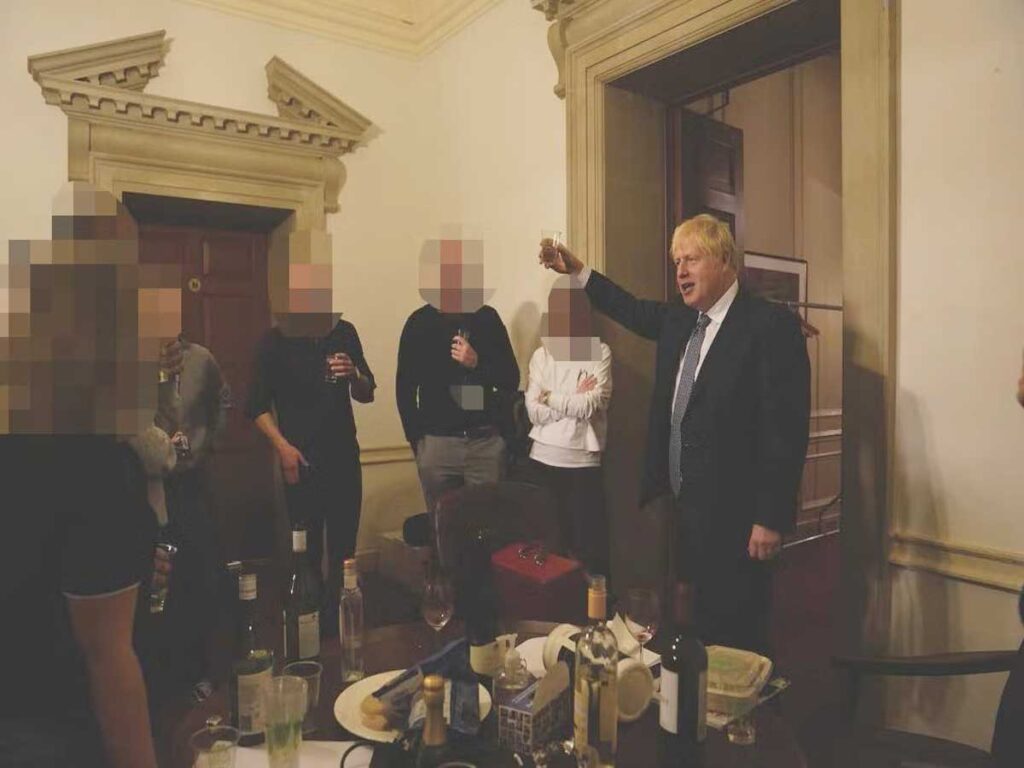’Close-marking’ is an electoral strategy, the invention of the now legendary Labour Party spokesman Alastair Campbell and strategist Peter Mandelson.

The idea is that an opposition party assembles focus groups and runs polls to identify the government policies that are popular in the target electorate and then copies those policies. Remember Gordon Brown’s pledge to stick to Tory government spending commitments? Jack Straw’s reprisal of Tory crime policy? David Butler and Dennis Kavanagh, in their splendid book about the 1997 election, say that the Labour Party in opposition
…tried to ensure that it was never seen in fundamental opposition to popular government policies. Each party was getting similar messages from its focus groups about what the public wanted or would react favourably to; each therefore tended to find itself saying the same thing.
The British General Election of 1997
There’s much about the Starmer regime that resembles a Tony Blair tribute act. This is not an insult. Blair and his machine were hugely, unprecedentedly successful – and there was a lot more to it than close-marking during the 1992-97 Major government – but it’s Starmer’s profound hope that staying tactically close to the Conservative government’s programme will enable Labour to slide into office in 2024 in much the same way. Close-marking is back.
See if you can spot it in the way Yvette Cooper finds a way to object to detaining asylum-seekers on prison hulks without actually criticising the policy (the quotes in this article show that Cooper is a close-marking ninja – she should give workshops).
Observe also the impressive way Shadow Health Secretary Wes Streeting sticks tightly to government policy on the NHS, urging ‘reform’, even endorsing a Tory think-tank’s seven-point plan. Streeting is another close-marking maestro. He can speak with visible passion about policy differences that are vague or almost undetectable. His big idea for the NHS is to train more hospital doctors. A masterpiece of stating the obvious and understating the problem at the same time. When asked if he supports the striking nurses and junior doctors he says “how could I?” Good question, Wes.
Close-marking explains the delicate way the Labour front bench steps around criticism of big government policies – even ones that have been shown to be catastrophic or that stick in the throats of members and supporters. Government policies are always ‘poorly-implemented’ or ‘too little, too late’. Sometimes they just ‘don’t go far enough’ or they’re ‘what Labour suggested years ago’.
Often it’s down to style. The key is to try not to come at a policy in policy terms but in presentation terms. Government policies are ‘panicky’ or ‘desperate’ or ‘chasing headlines’. Politics of this balletic form can evidently produce the goods – it can reassure voters nervous about change and it contributed to Labour’s biggest victory ever – but it can also be confusing and alienating. It necessarily weakens important political contrasts, drains the antagonism out of the democratic to-and-fro, makes it harder for voters to identify with a platform that is, apparently, very like the other one.
Close-marking produces a shallow politics of aesthetics, of carefully-maintained presentational difference and it’s by definition helpless in the face of more agonistic forms. Populists laugh in the face of this kind of positional calculation. Only Britain’s anachronistic electoral system – where total victory can be secured by moving a small percentage of votes from one side to the other – protects it. This approach is an irrelevance now in almost every other democracy.
And an obvious problem with this kind of focus-group-driven strategy is that if it works and you win power you risk being stranded on the arrid policy plateau just vacated by your opponents, with all of its weaknesses and vulnerabilities. You’ve inherited the exhausted, lame-duck programme of the defeated party and switching into a viable policy programme that’s not tethered to the loser’s manifesto takes genius-level political skills. Good luck with that.
Occasionally, of course, it’s possible to identify a government policy you think you don’t have to shadow closely – one you can safely distance yourself from, that you don’t need to dance around. Ed Miliband tried this with immigration (remember the mug?) and Starmer has settled on locking up paedophiles as his signature policy for the opening of hostilities.
As many have pointed out, though, the risk here is that electors don’t believe you and the message doesn’t land because what you propose seems out of character or opportunistic. Worse, you appear clumsy and cynical and Stevenage Woman remains unmoved.
The 2024 General Election campaign has begun.
- The Tories are also reliving the early nineties.



